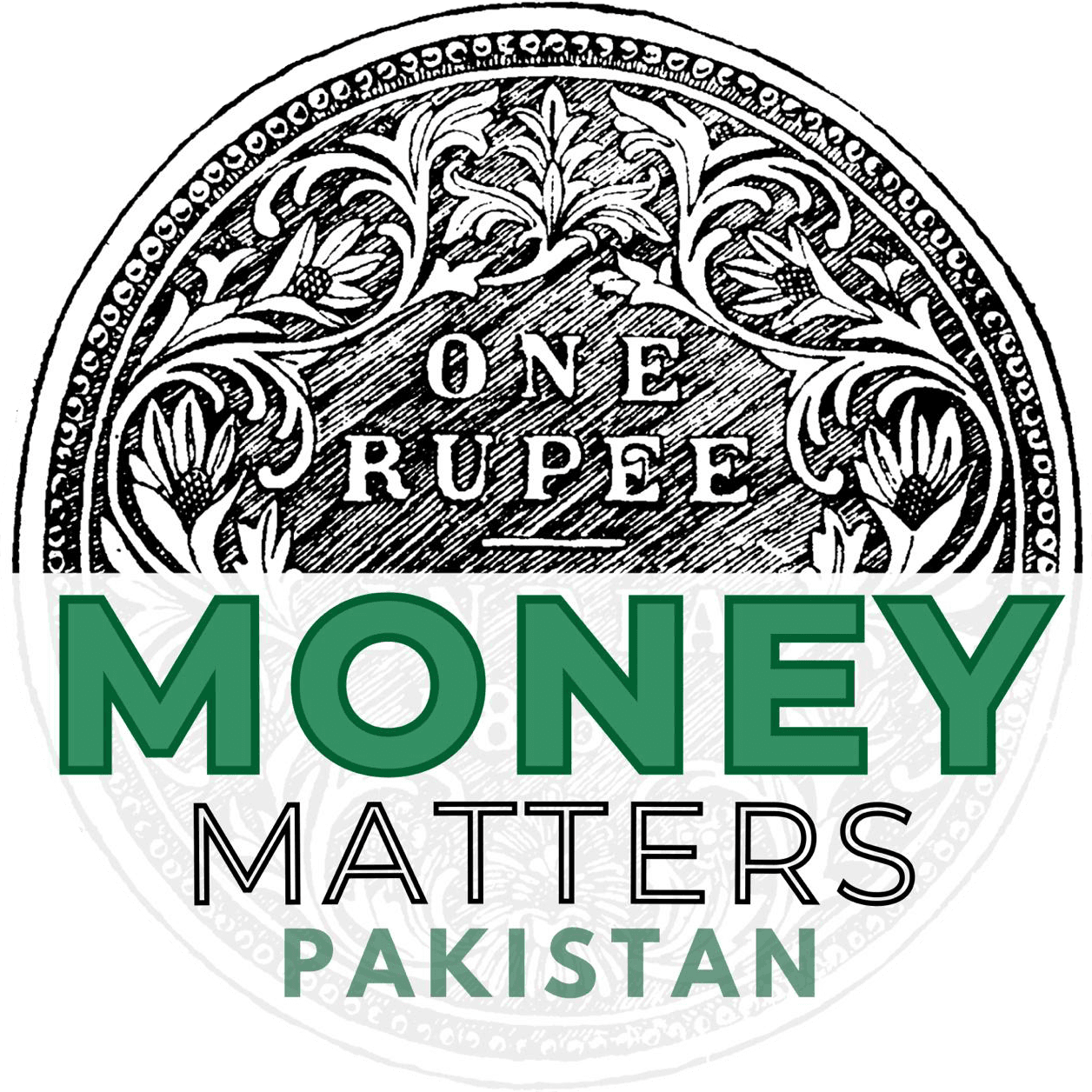Robust growth in FDI signals increasing investor confidence in Pakistan’s economic landscape despite ongoing challenges.
Key Takeaways:
i) Pakistan’s Foreign Direct Investment (FDI) experienced a substantial 41% increase during the first eight months of the fiscal year 2024-25 (July to February), climbing to $1.618 billion compared to $1.147 billion in the same period last year.
ii) Despite this overall positive trend, February 2025 saw a 45% year-on-year decline in FDI, with inflows totaling $95 million, as reported by the State Bank of Pakistan (SBP).
iii) China remains the largest investor in Pakistan, contributing $662 million to the total FDI during the July-February period, followed by Hong Kong, the United Kingdom, and the United States.
Islamabad, Pakistan – April 17, 2025 – Pakistan’s economy has demonstrated a notable upswing in attracting foreign capital, with the latest data revealing a significant 41 percent increase in Foreign Direct Investment (FDI) during the first eight months of the current fiscal year. According to figures released by the State Bank of Pakistan (SBP), the total FDI inflow reached $1.618 billion between July 2024 and February 2025, a substantial rise from the $1.147 billion recorded in the corresponding period of the previous fiscal year.
This growth in FDI underscores a potentially improving sentiment among international investors towards Pakistan’s economic prospects, despite the country grappling with various economic and political challenges. Analysts suggest that this increase could be attributed to recent government efforts to attract foreign investment through policy reforms and incentives.
However, the positive trend was interrupted in February 2025, which witnessed a sharp 45 percent year-on-year decline in FDI. The total FDI inflow for February stood at $95 million, a considerable drop compared to the same month last year. Experts note that this monthly fluctuation could be due to a variety of factors, including global economic conditions and domestic uncertainties.
Hong Kong followed with $160 million, while the United Kingdom and the United States contributed $167 million and $68 million, respectively. The sectoral breakdown of this investment was not immediately available in the provided information.
Breaking down the sources of FDI, China continues to be the leading investor in Pakistan, with a net investment of $662 million during the reported eight-month period. Hong Kong followed with $160 million, while the United Kingdom and the United States contributed $167 million and $68 million, respectively. The sectoral breakdown of this investment was not immediately available in the provided information.
Despite the overall increase in FDI over the eight-month period, concerns remain about the sustainability of this growth and the relatively lower levels of investment compared to neighboring countries. Experts emphasize the need for consistent policies and a stable economic environment to attract and retain higher levels of foreign investment, which is crucial for Pakistan’s long-term economic development and to address its balance of payments challenges.
The government has yet to issue a formal statement regarding the latest FDI figures, but it is expected that these trends will be closely monitored as part of ongoing economic policy formulation and engagement with international investors.




